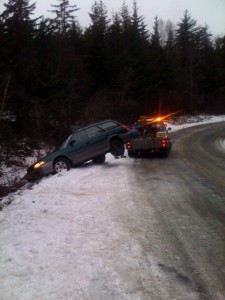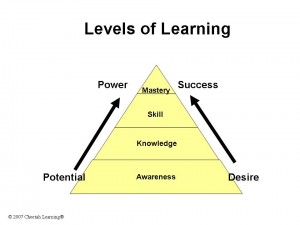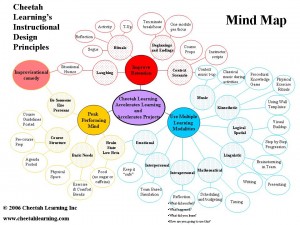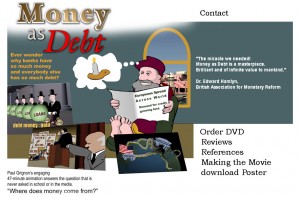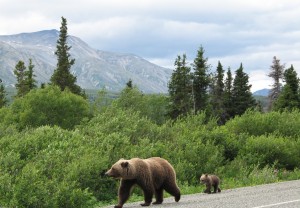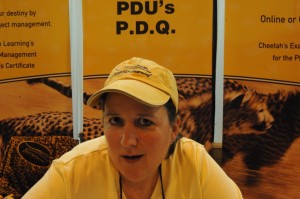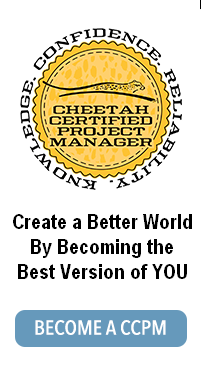Real Risks in Real Life
Friday, November 14th, 2008Right now I’m living in Alaska – in the winter. The question I pose “Is it more dangerous for me to be living in Alaska in the winter or in the lower 48, any other time of the year? Now if you look at what most people worry about – someone breaking into their house, being mugged or assaulted, being slammed by a drunk driver, the possibility of a terrorist attack, or getting leveled by e-coli from the local salad bar – I’d say I am much safer in Alaska in the winter as the possibility of any of those happening to me up here are very slim. HOWEVER, most of the aforementioned risks are also very rare for anyone in the lower 48. We just think they are more prevalent because of the media’s preference for news of the dreary, dire, and disastrous.
If you are aware of risk management techniques – you will look at each possible event that could happen in your life, and assess the probability of that risk occurring, the impact if it did occur, and what you can do to prevent it from occurring and/or what you can to if it does occur, and how you can minimize the impact of the risk on you (this is the purpose of insurance).
There are very real, and very significant risks facing me every day in Alaska. The roads up here are perpetually icy. I have managed the risks of icy roads by getting studded snow tires on my four wheel drive car. My neighbors do the same. Yesterday, I drove one of my neighbors into town when I saw her on the side of the road when her car careened off the road into a deep ditch. Today, I had to bring another neighbor to the ferry. These folks live what is normally a ten minute drive away – today it took me 30 minutes to get to their house. I gave myself an hour to get there and good thing as my car went sideways several times. We gave ourselves two hours to get to the ferry -normally a 20 minute drive. This was a good weather day – it was still an adventure. And last week, a huge grizzly was breaking into people’s food stores (regardless of where they kept their food stores). You can’t rationalize with an animal that is higher on the food chain then you are. They aren’t coming after you because of some malevolent sociopath streak. Think chicken or burgers here because this is how they think of us. Risk management for the grizzly is to make sure you keep your garbage locked up in a bear proof container and clean fish or game by a river where you can quickly dispose of the guts in the river. If your neighbors don’t follow these practices, you could still find yourself face to face with a very hungry carnivore. Then if the bears and the icy roads don’t get you, you could also come face to face with one of the deadliest animals up here – a moose. Yes moose kill more people in Alaska than bears do. They stomp you to death. Or you run into them on those icy roads at night. Moose eyes do not reflect so you can’t see them until you hit them – especially if you’re driving in a snow storm or ice fog.
I like living up here in the winter – it puts life in perspective.
